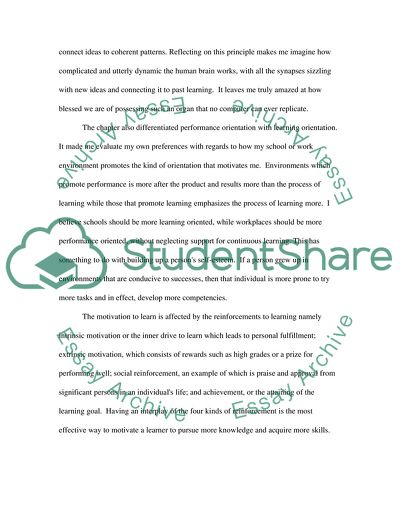Cite this document
(Readings Journal about Leadership in School Literature review - 3, n.d.)
Readings Journal about Leadership in School Literature review - 3. https://studentshare.org/education/1708537-journal
Readings Journal about Leadership in School Literature review - 3. https://studentshare.org/education/1708537-journal
(Readings Journal about Leadership in School Literature Review - 3)
Readings Journal about Leadership in School Literature Review - 3. https://studentshare.org/education/1708537-journal.
Readings Journal about Leadership in School Literature Review - 3. https://studentshare.org/education/1708537-journal.
“Readings Journal about Leadership in School Literature Review - 3”. https://studentshare.org/education/1708537-journal.


